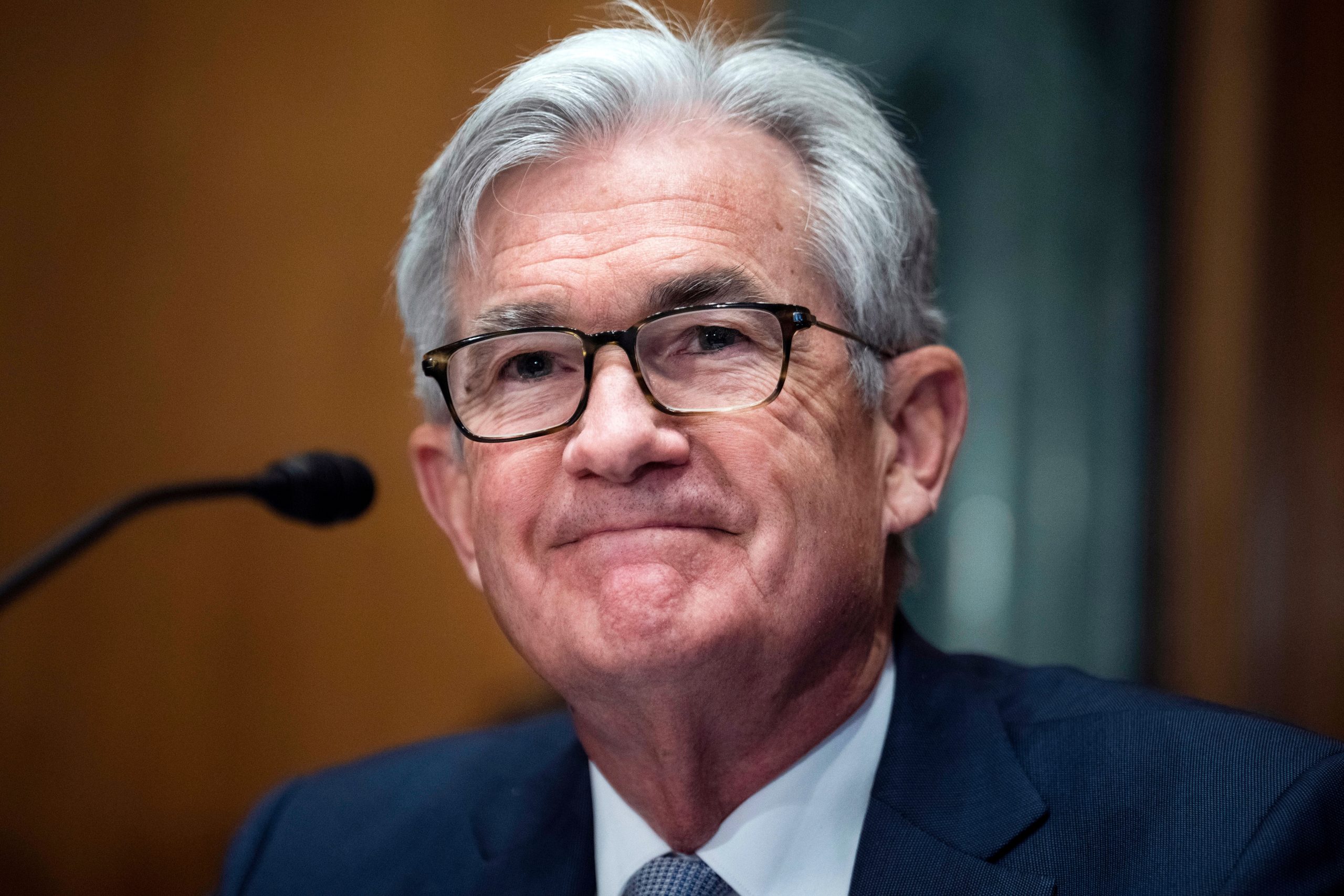The United States
Federal Reserve raised the key interest rates by 75 basis points on
Wednesday, November 2, 2022, in line with investors’ expectations to curb soaring inflation and signalled plans to keep raising them, though possibly in smaller increments.
Also Read | Where to invest during high inflation?
Fed officials in
a policy statement acknowledged that it could take time for sharp increases
this year to be reflected in the economy. “The committee will take into account
the cumulative tightening of monetary policy, the lags with which monetary
policy affects economic activity and inflation, and economic and financial
developments,” said the statement released at the conclusion of a two-day
meeting.
Also Read | The 2008 market crash: Inside the doomsday machine and a brief history
“The FOMC anticipates that ongoing increases in the target range will be appropriate in order to attain a stance of monetary policy that is sufficiently restrictive to return inflation to 2% over time,” the Fed said in the statement.
The Fed estimates interest rates will need to increase to 4.6% next year to bring inflation down toward the central bank’s 2% target.
Also Read | Great Depression to COVID: Top 5 market crashes in American history
“Russia’s war against Ukraine is causing tremendous human and economic hardship. The war and related events are creating additional upward pressure on inflation and are weighing on global economic activity. The Committee is highly attentive to inflation risks,” the statement added.
The policy decision set the target federal funds rate in a range between 3.75% and 4.00%, the highest since early 2008. The US Fed has hiked interest rates at its last six meetings starting in March 2022, marking the fastest round of rate hikes since former Fed Chair Paul Volcker’s fight to control inflation in the 1970s and 1980s.
Also Read| Current global crisis and hyperinflation in post-World War I Germany
The Fed still sees inflation as high on account of imbalances in demand and supply from the pandemic, higher food and energy prices and broader price pressures. According to the officials, the economy appeared to be growing modestly, with still “robust” job gains and low unemployment.







